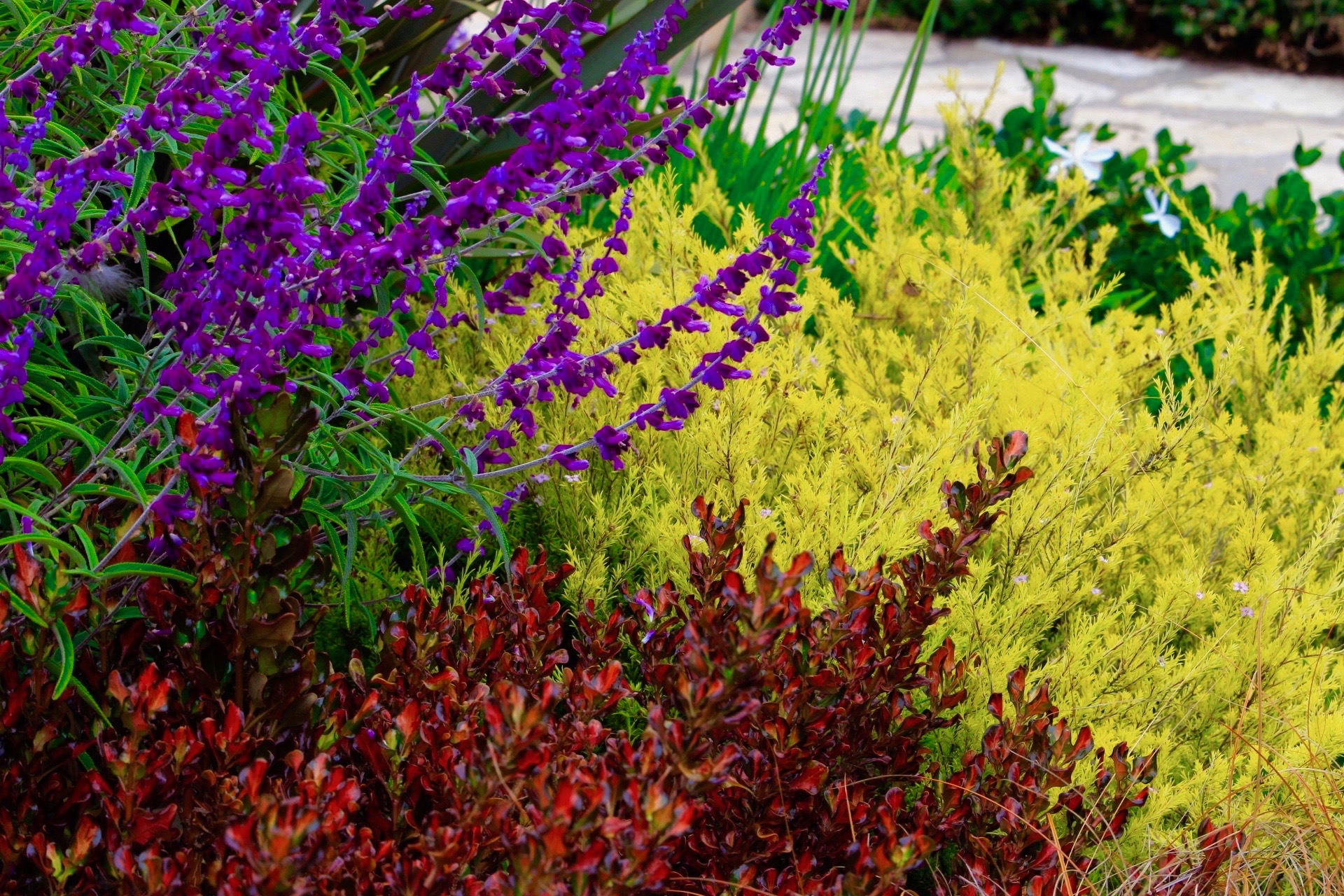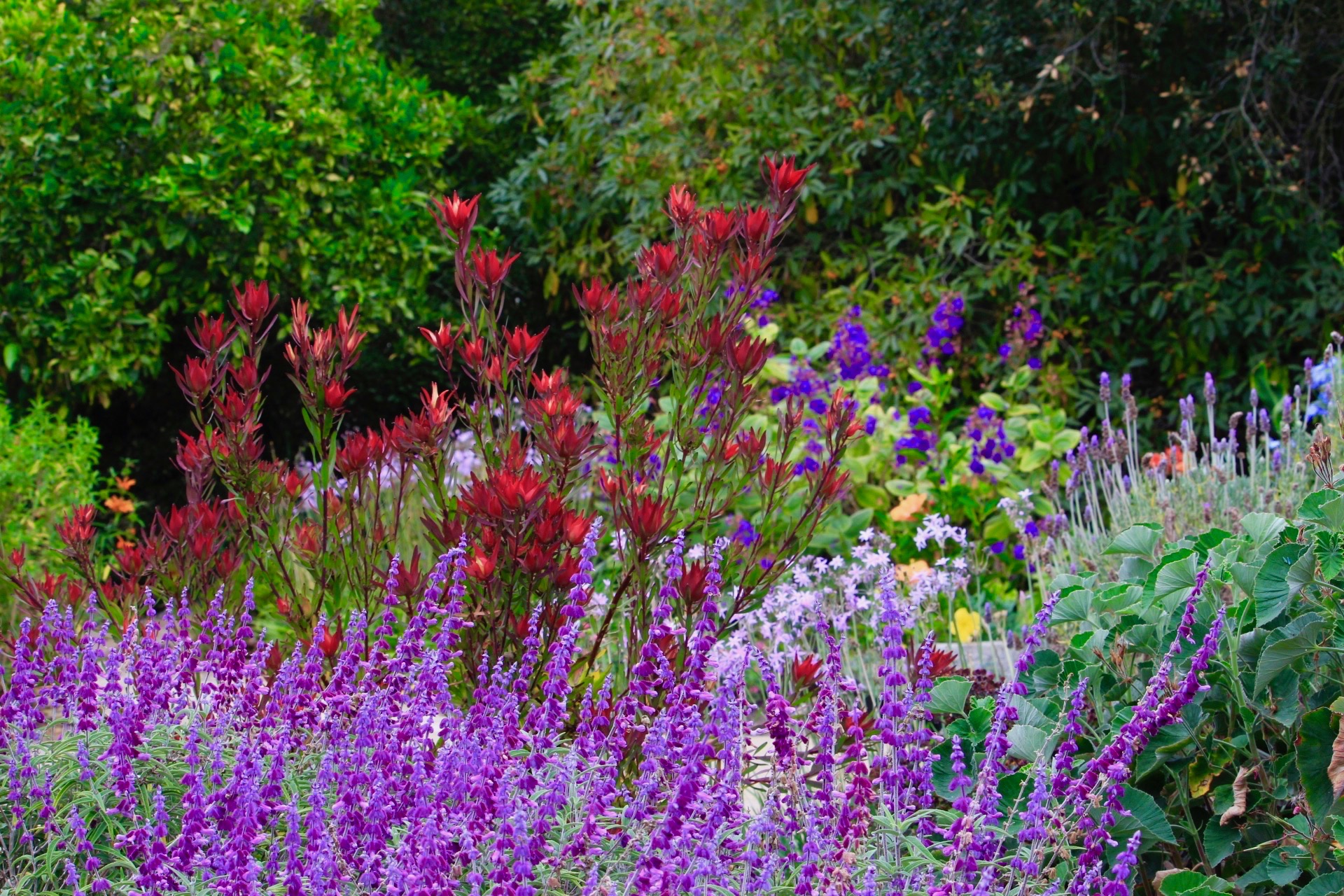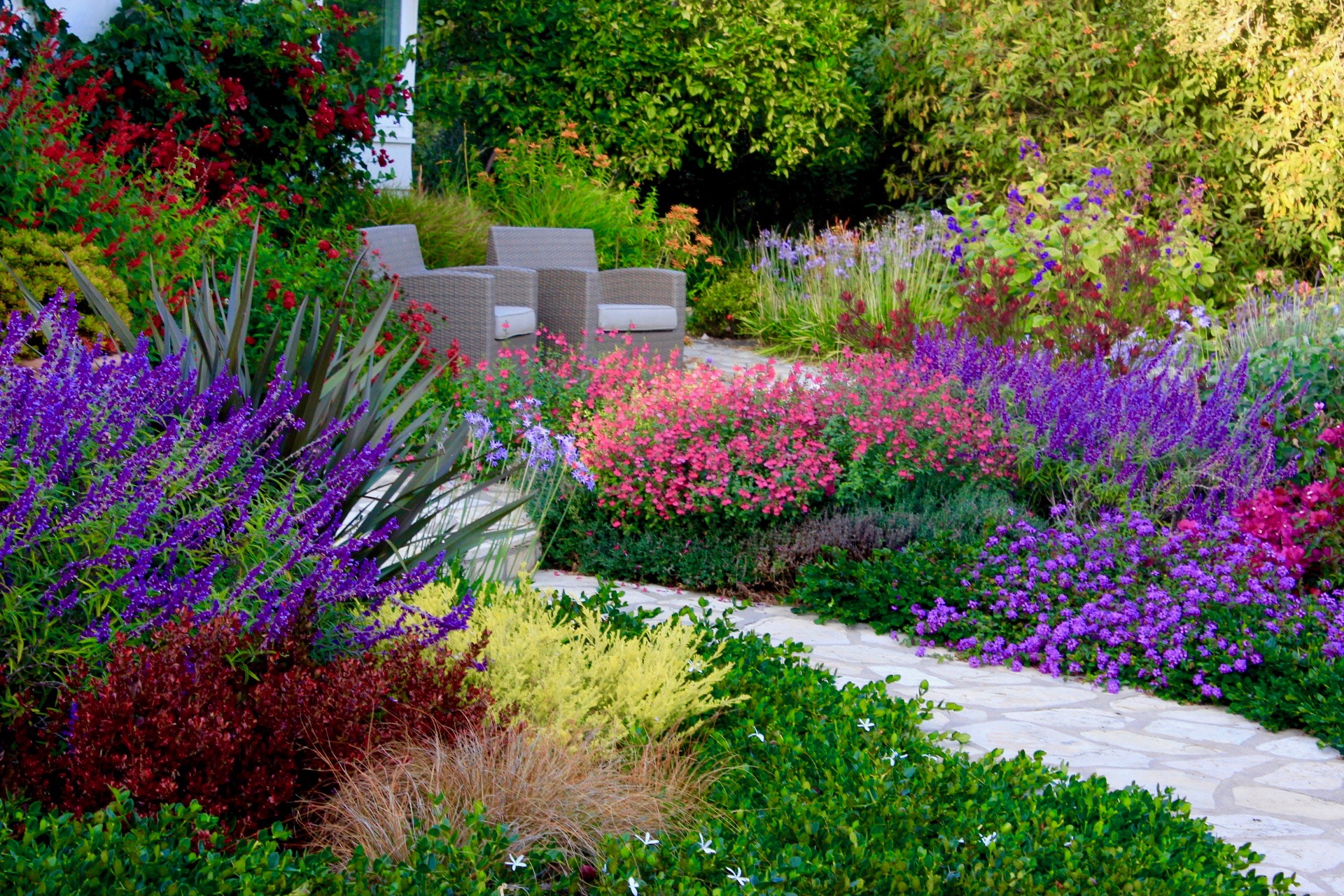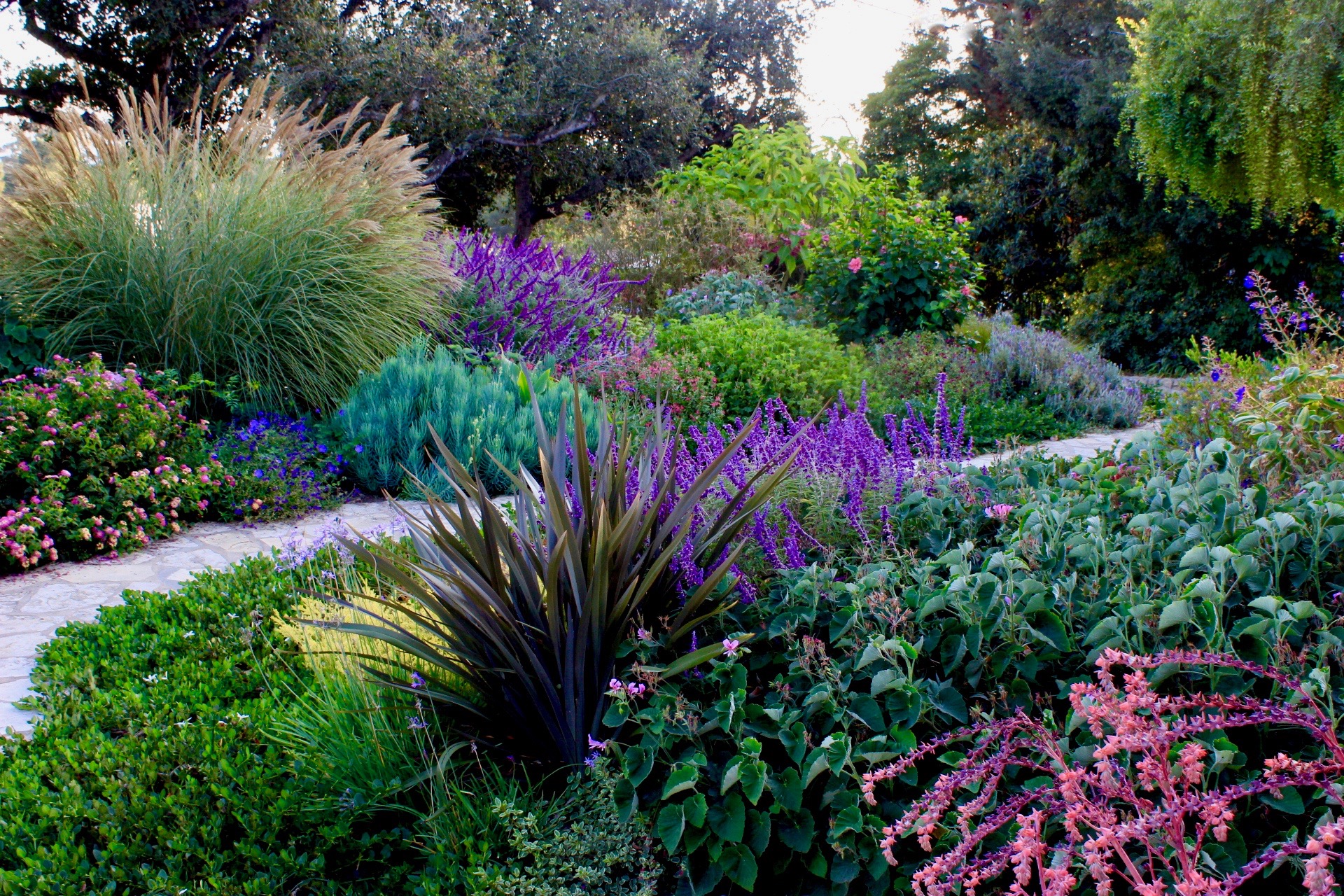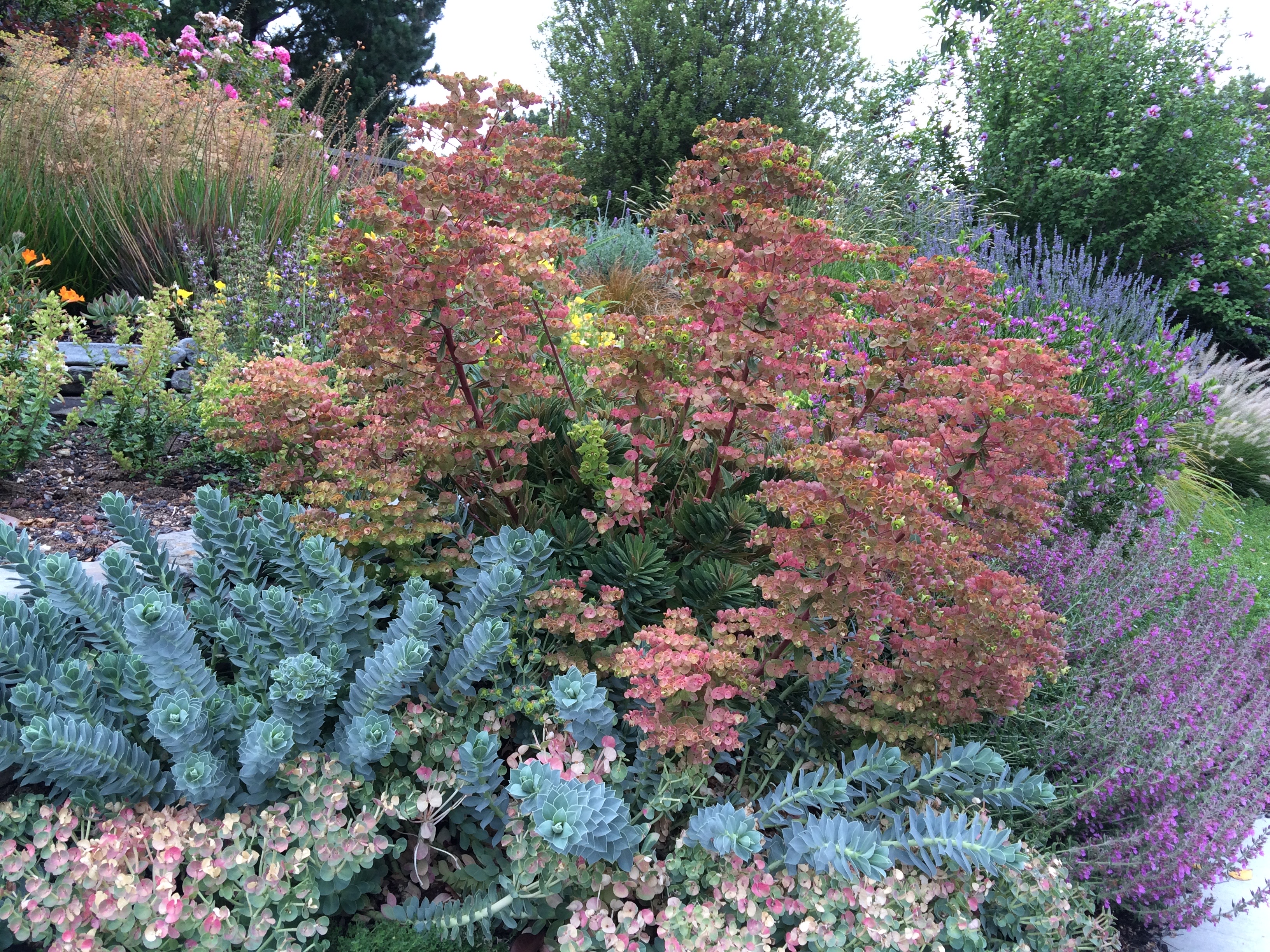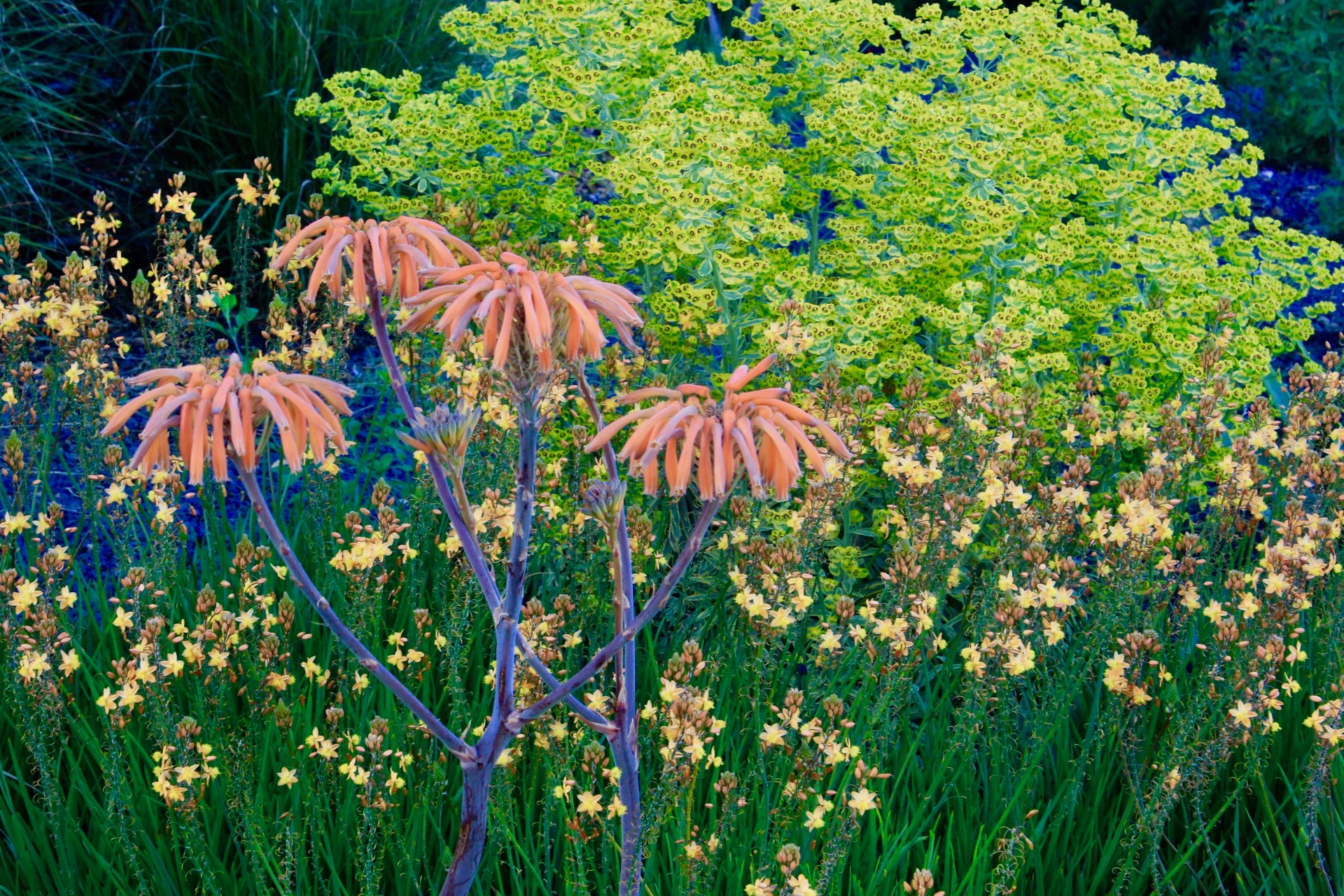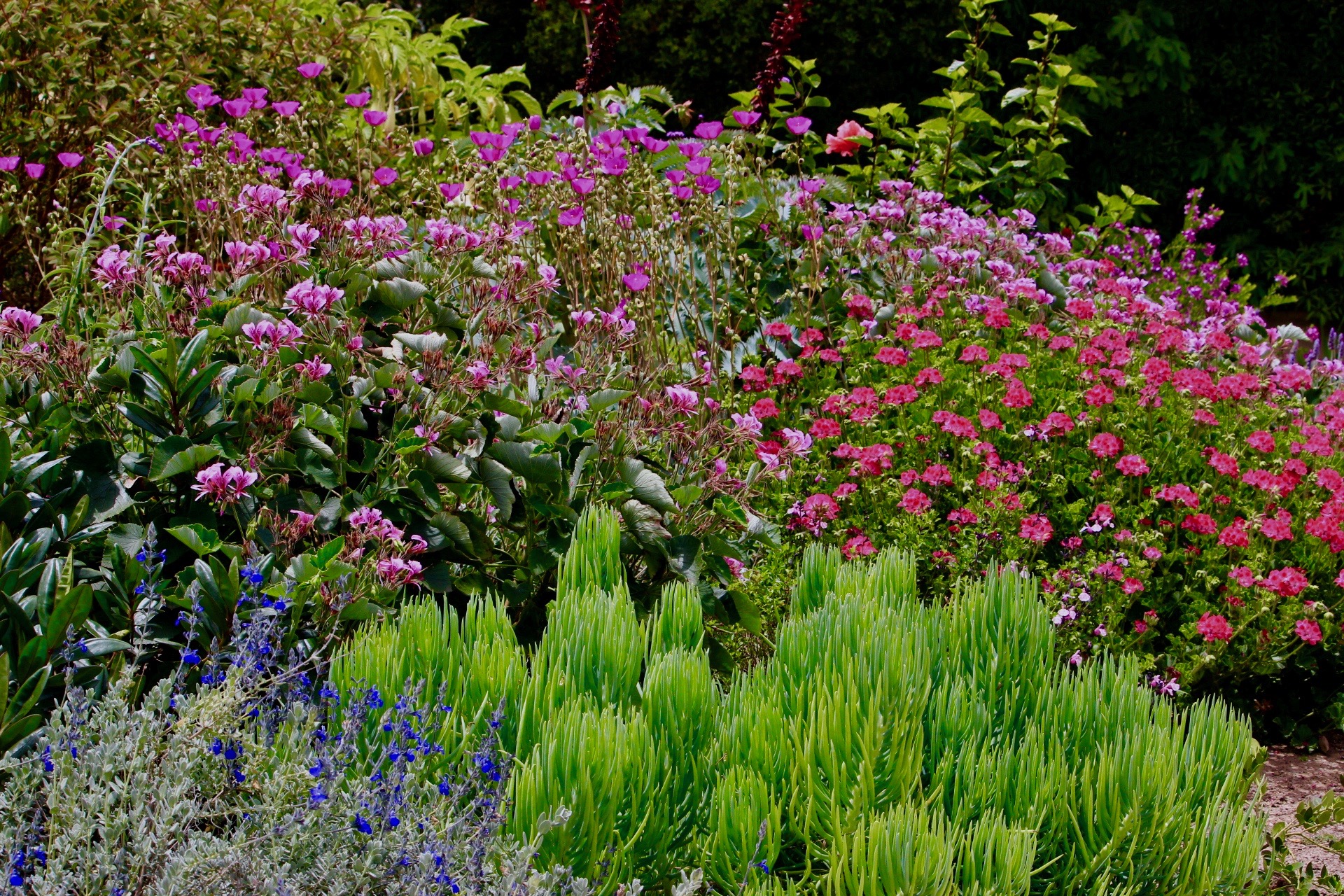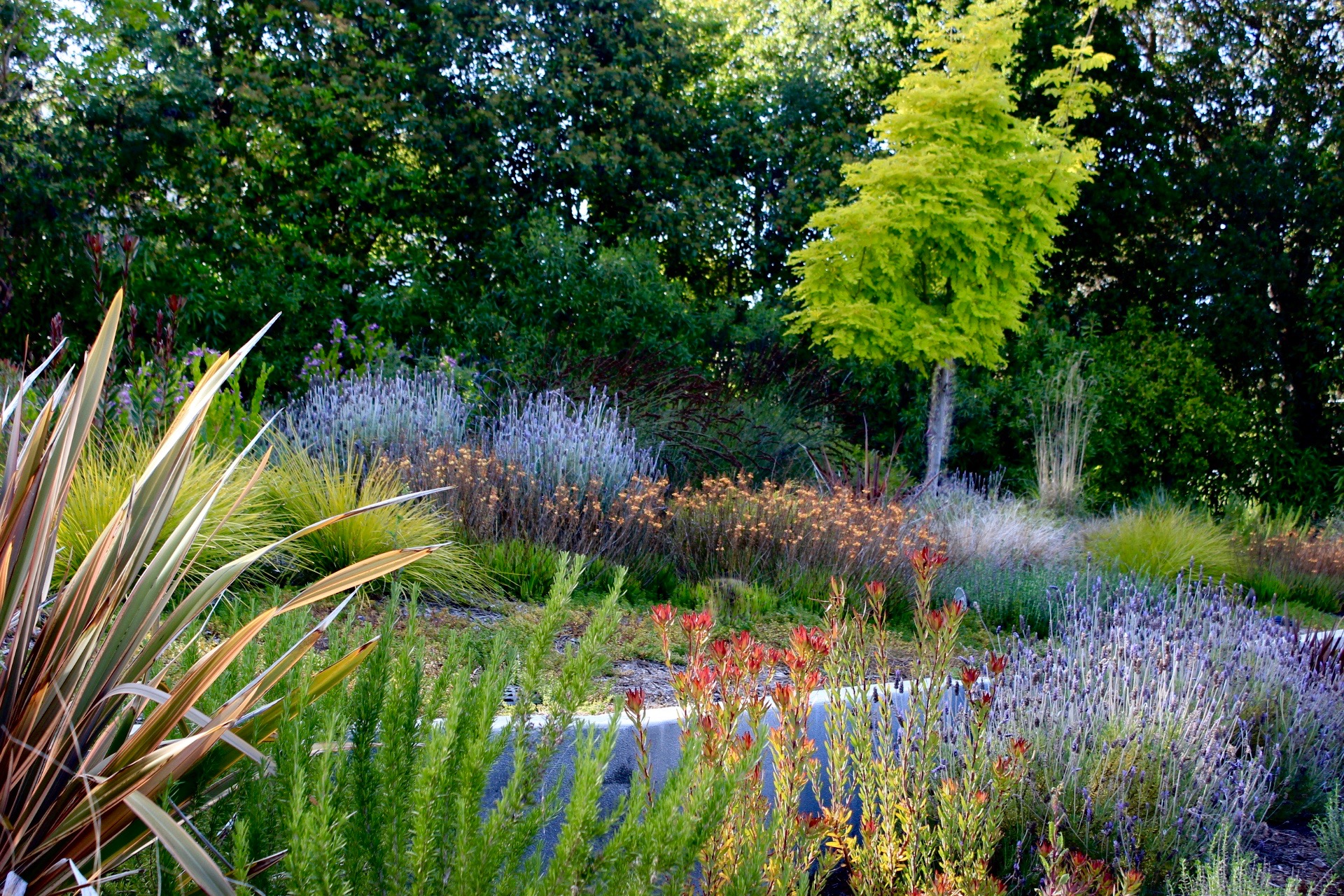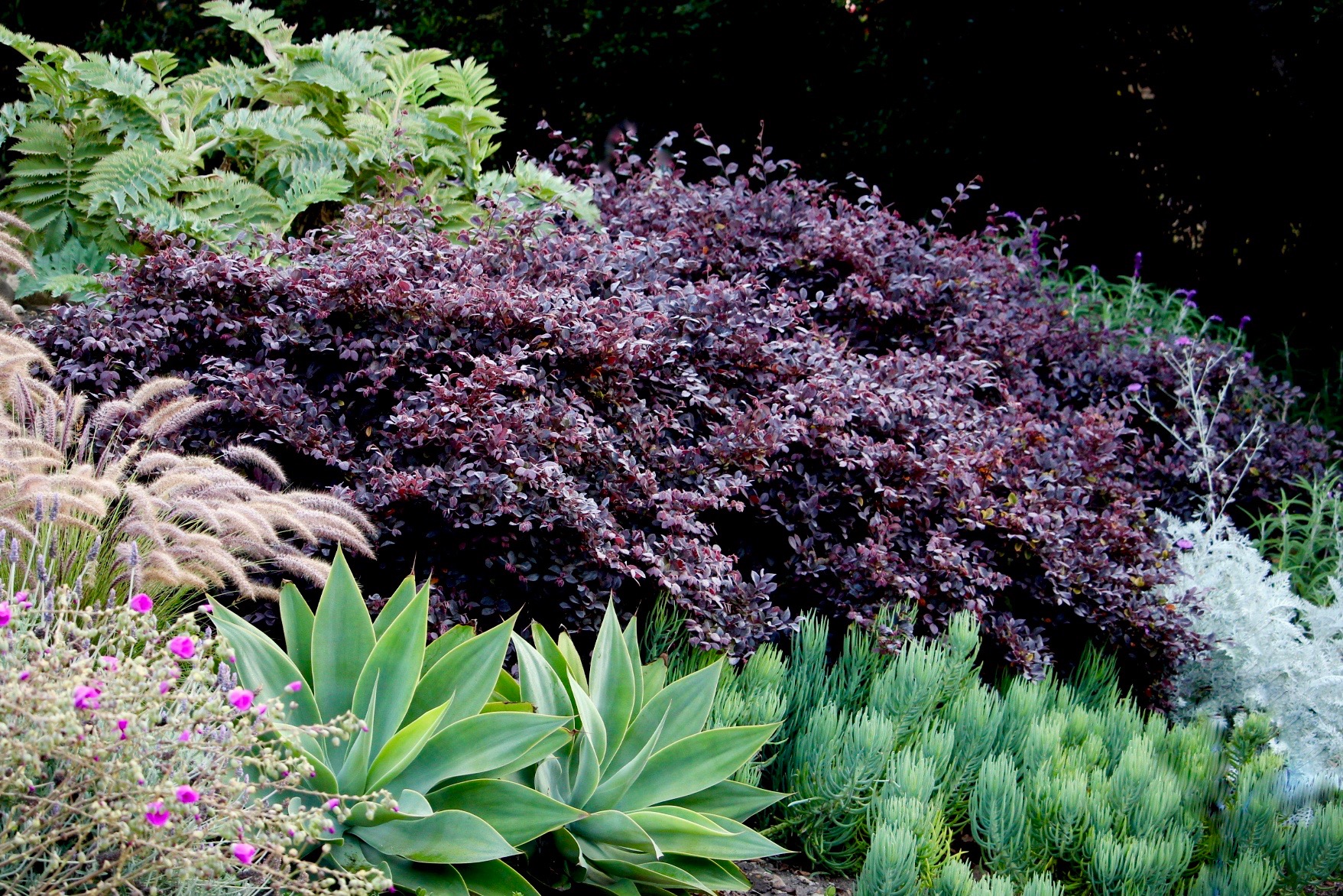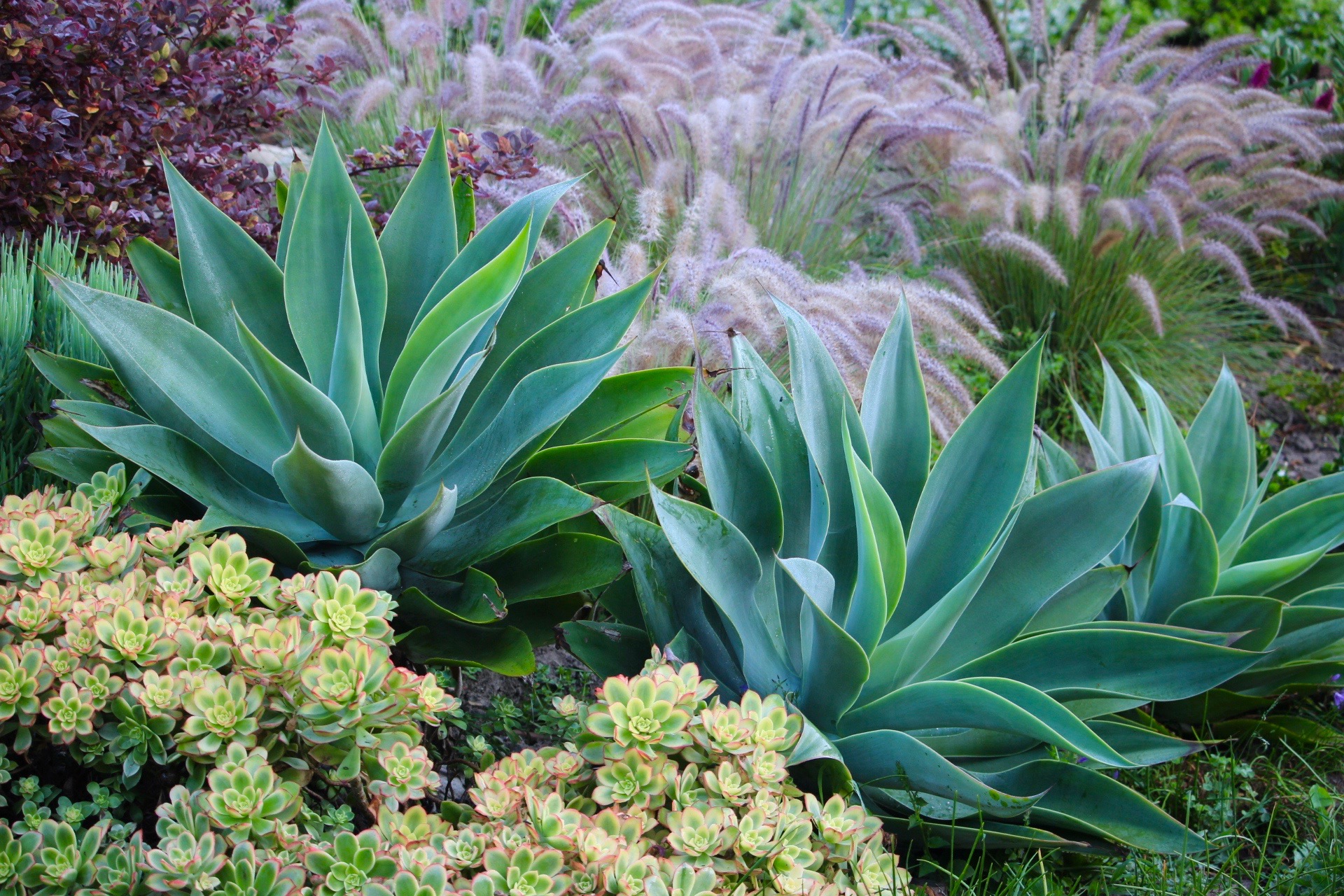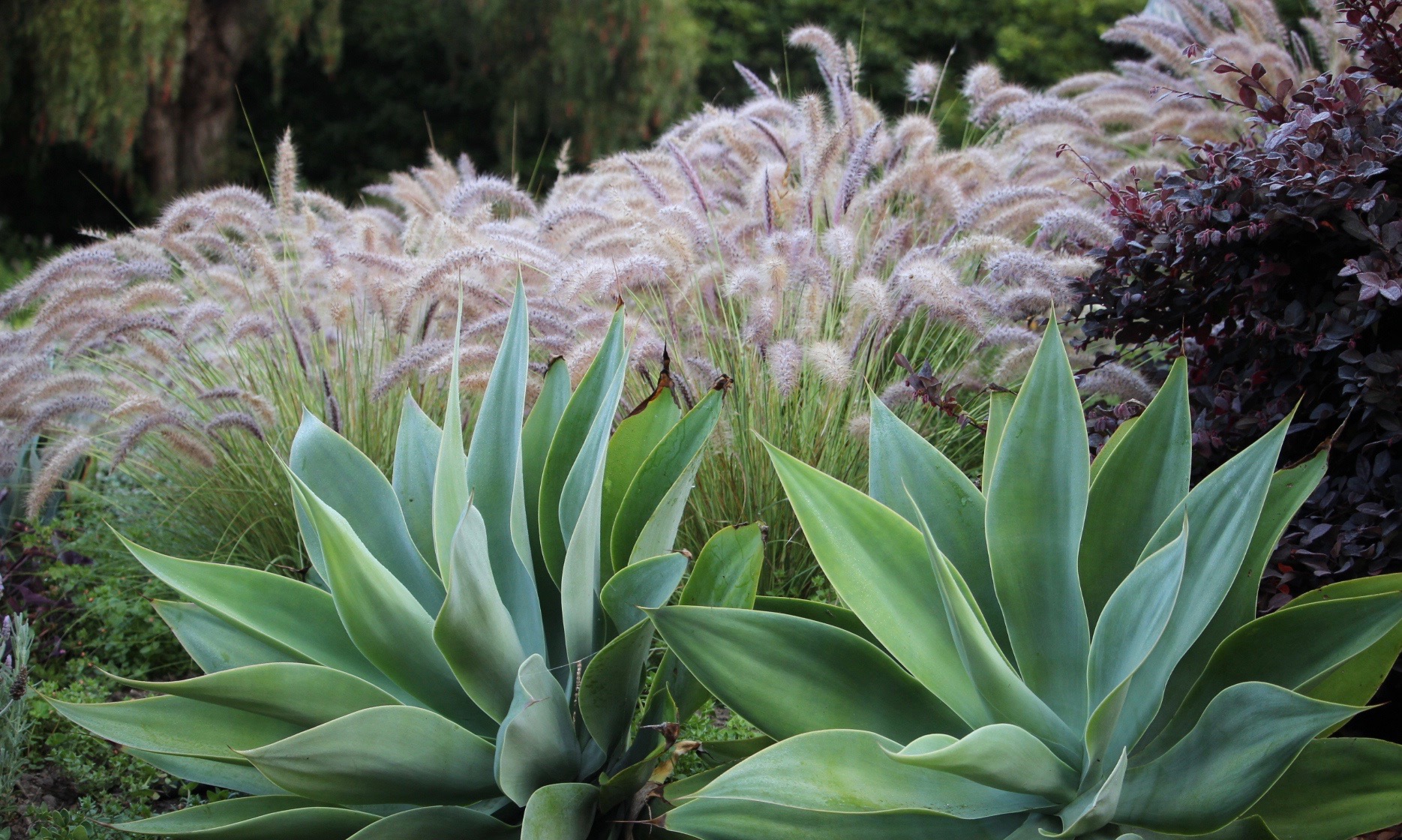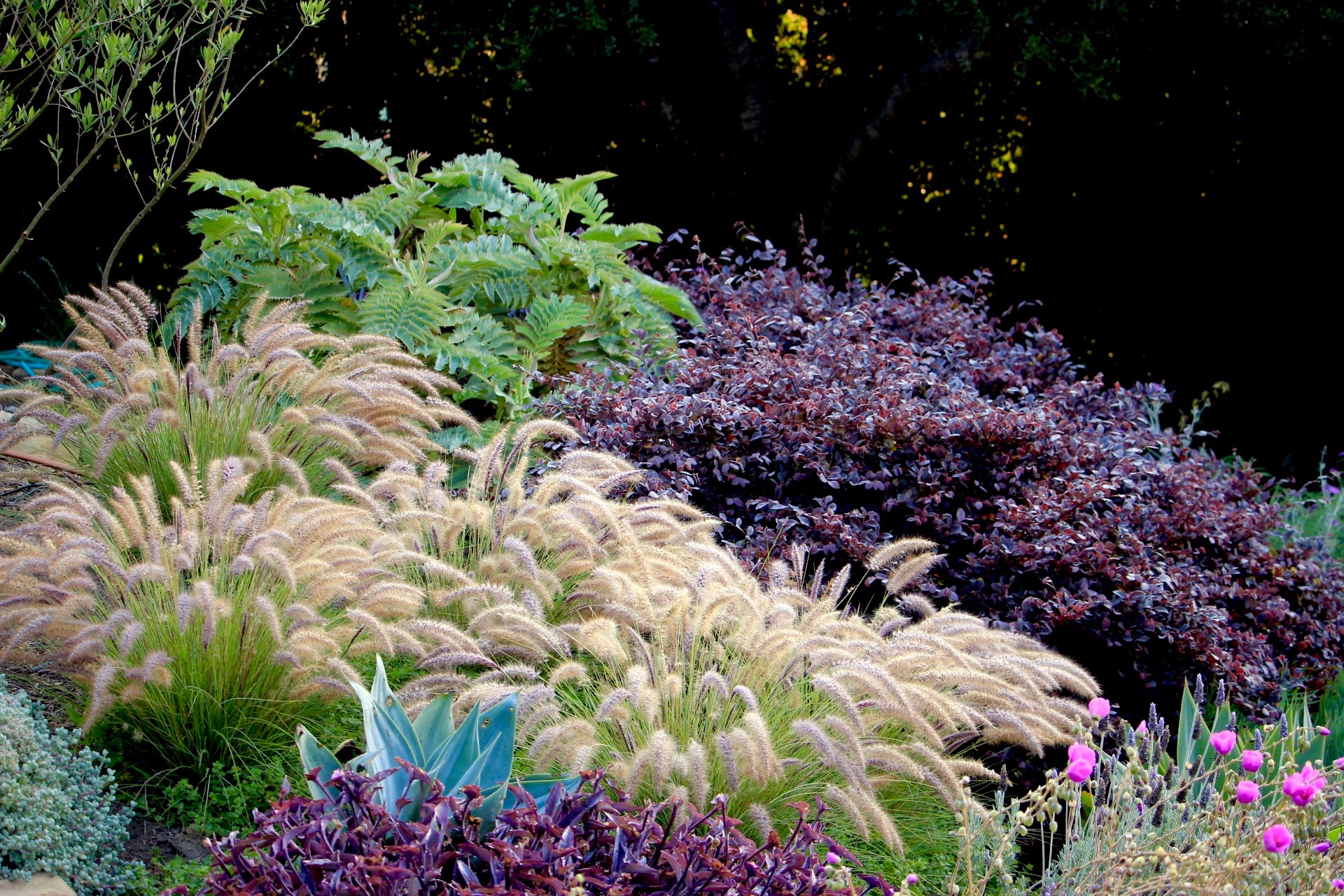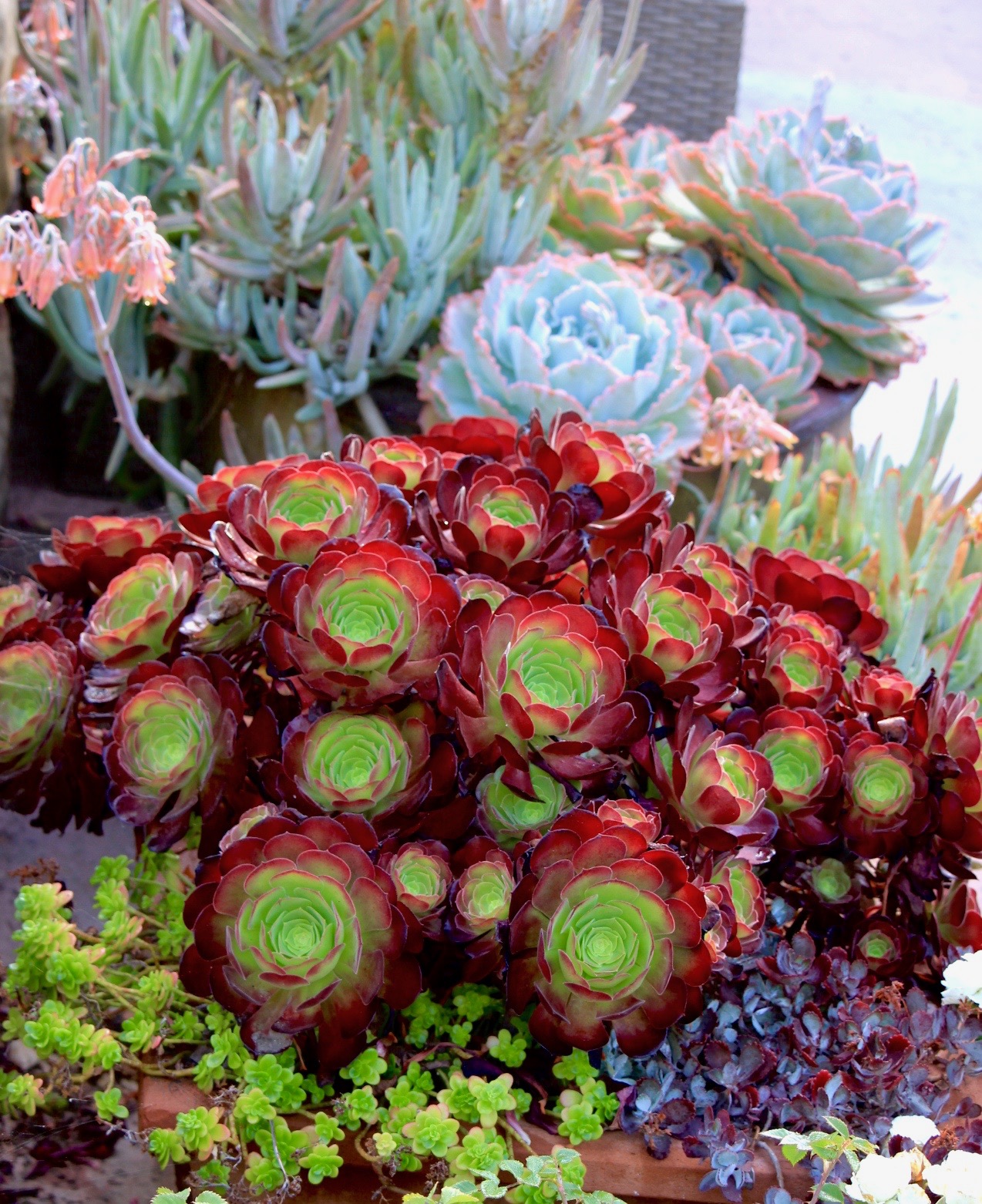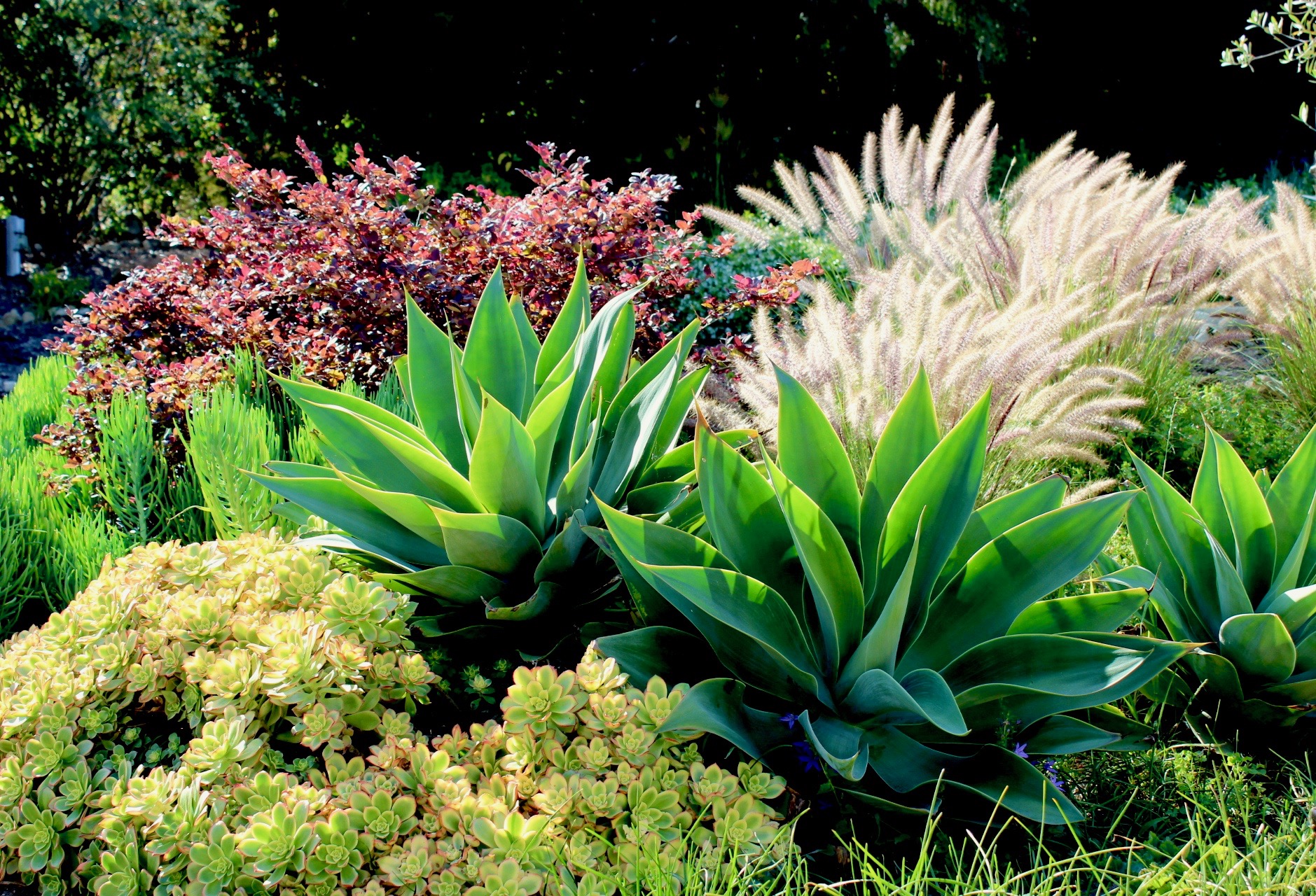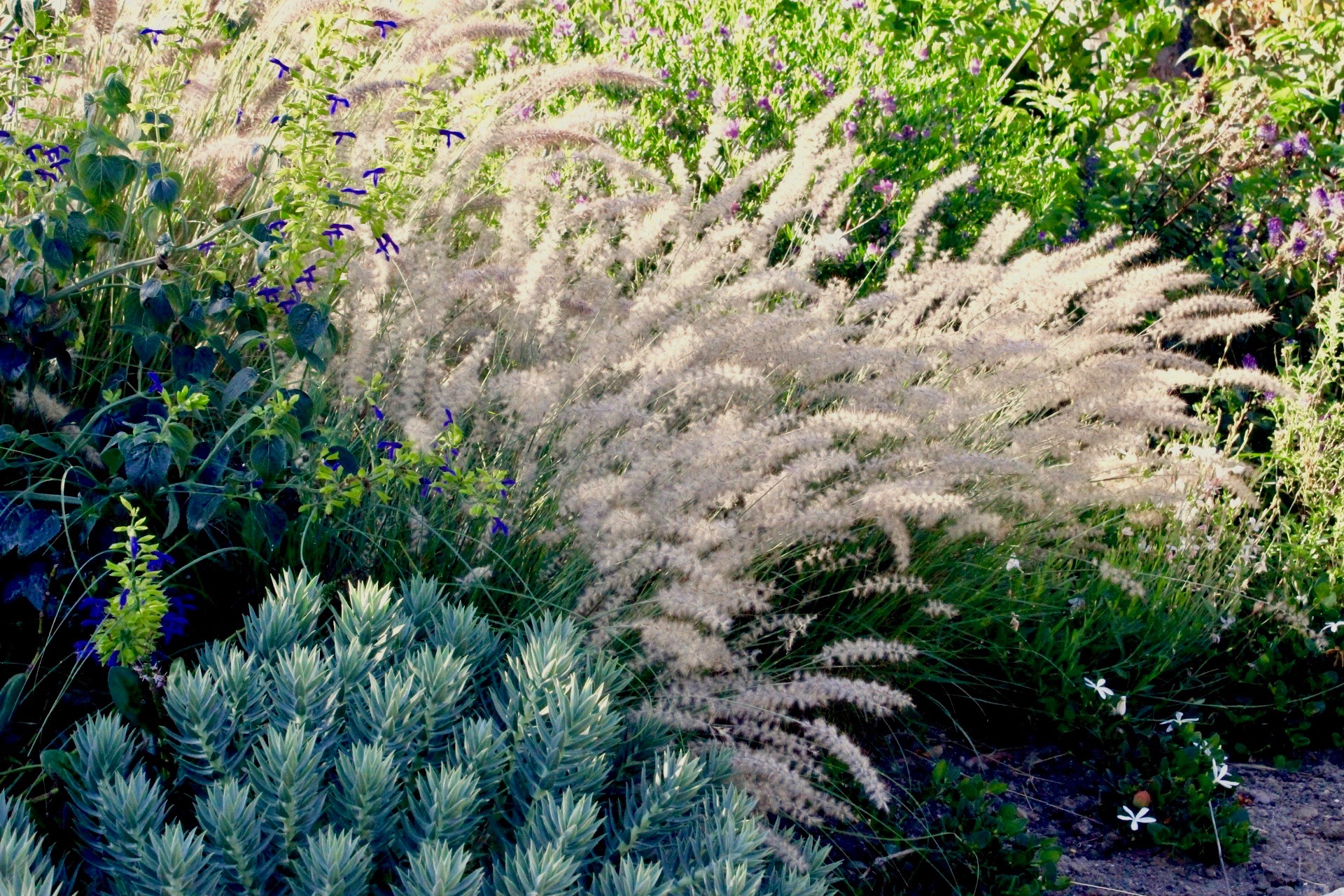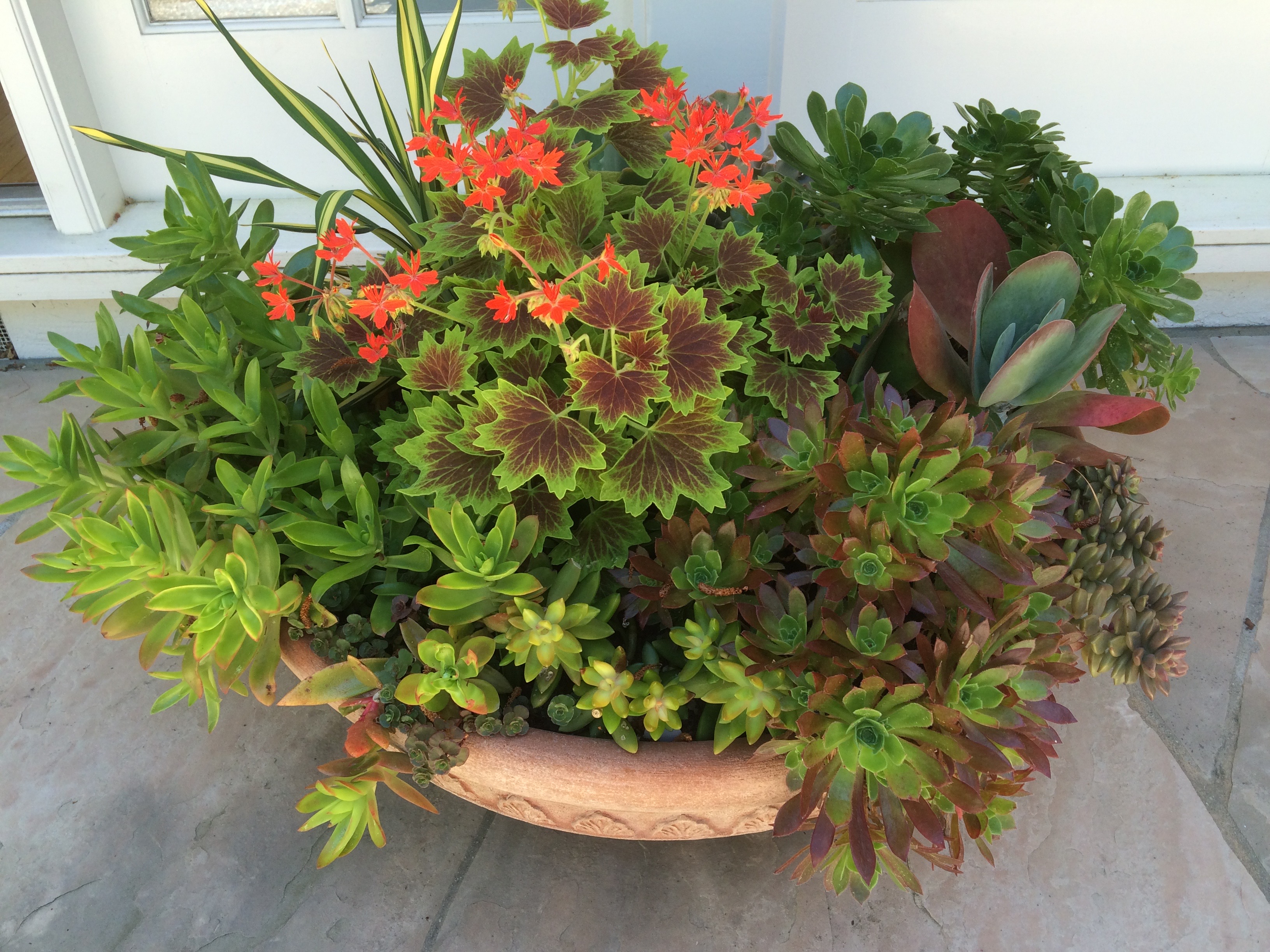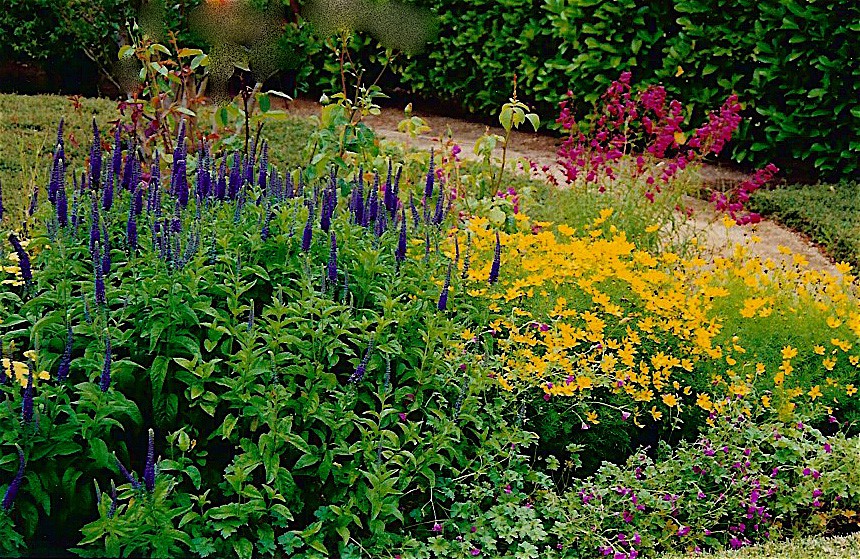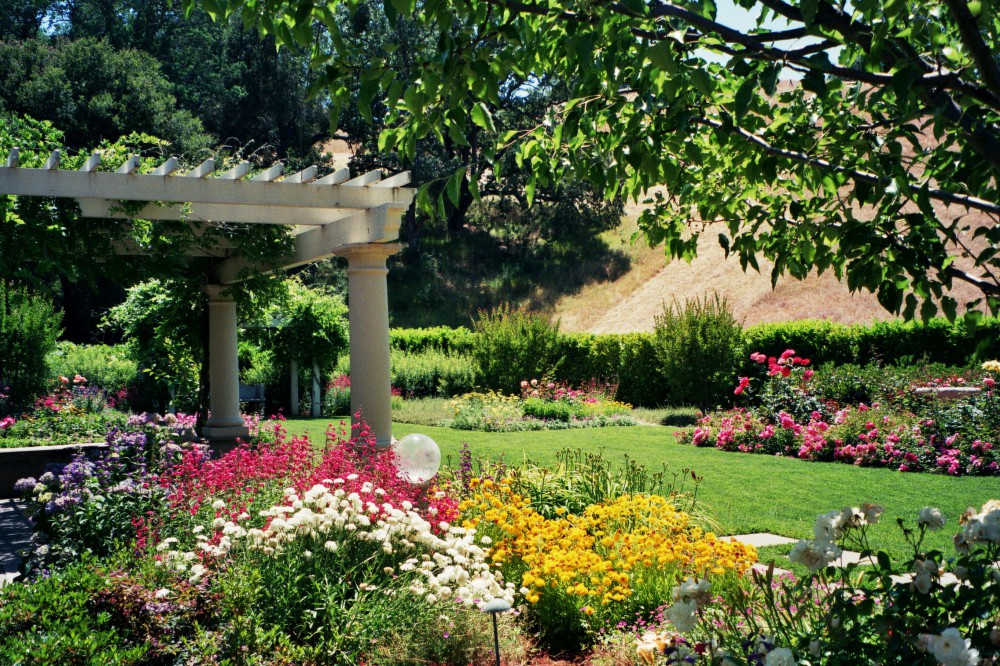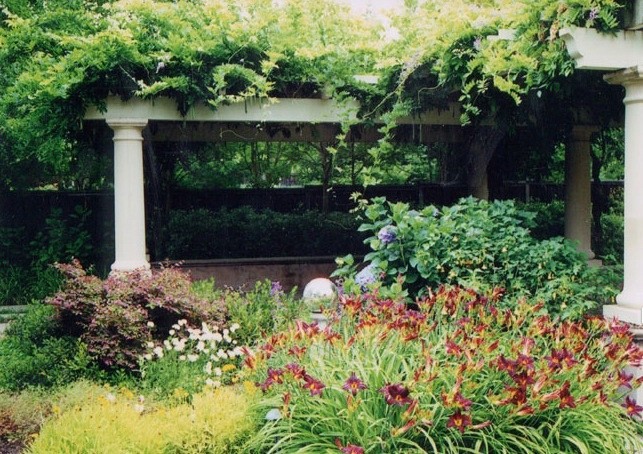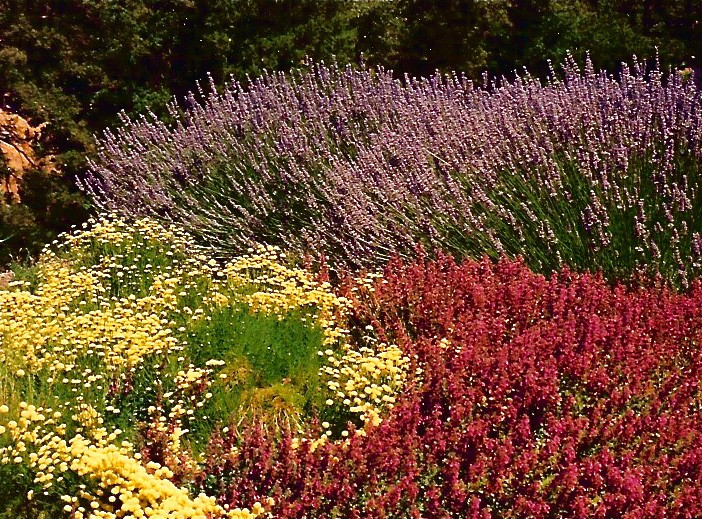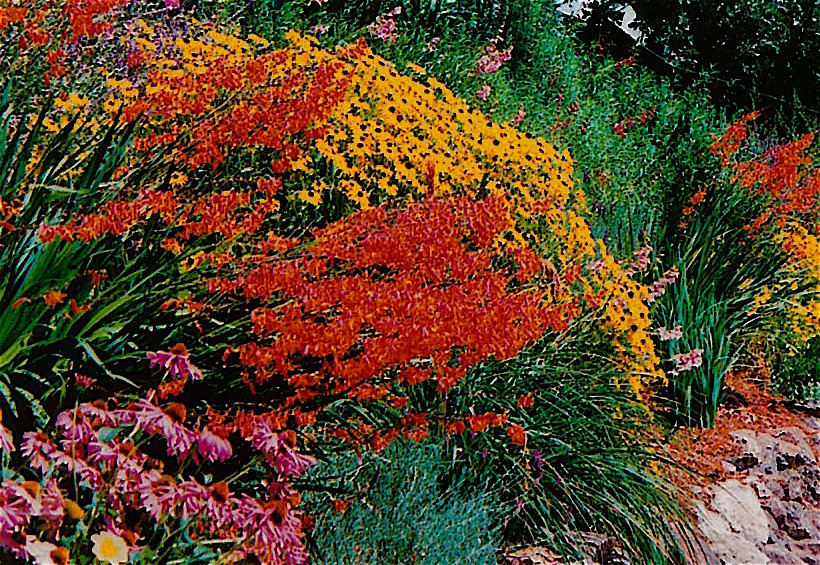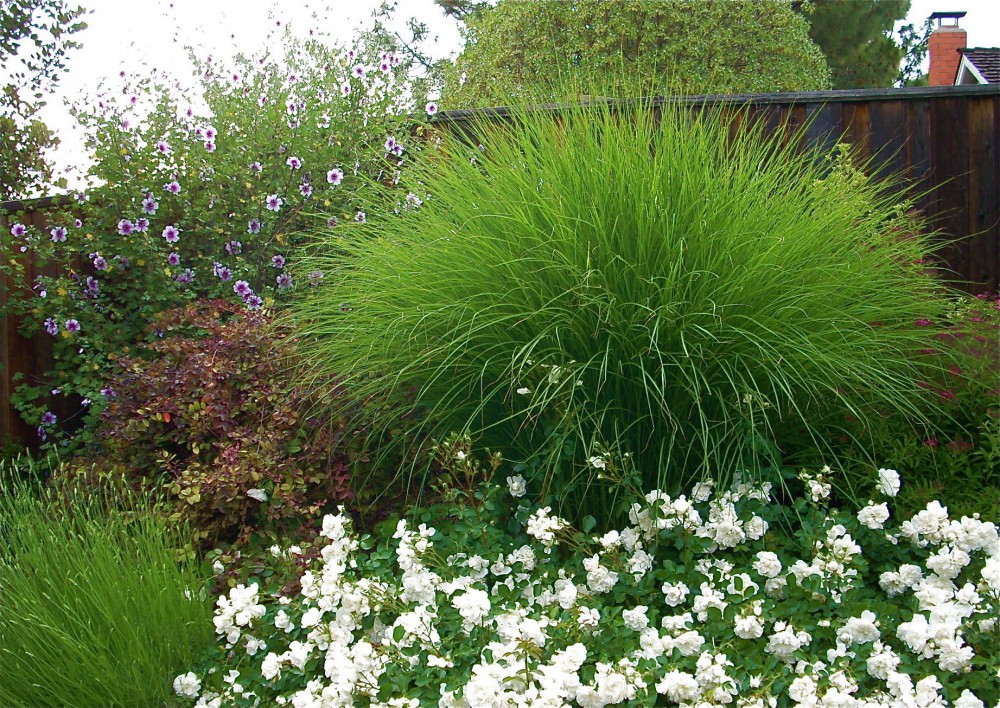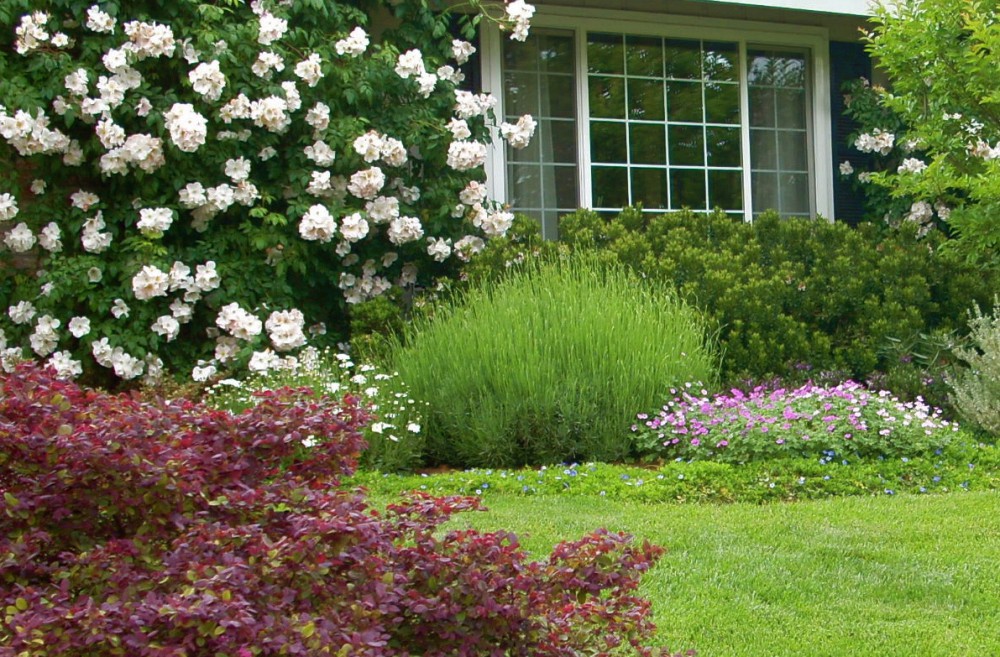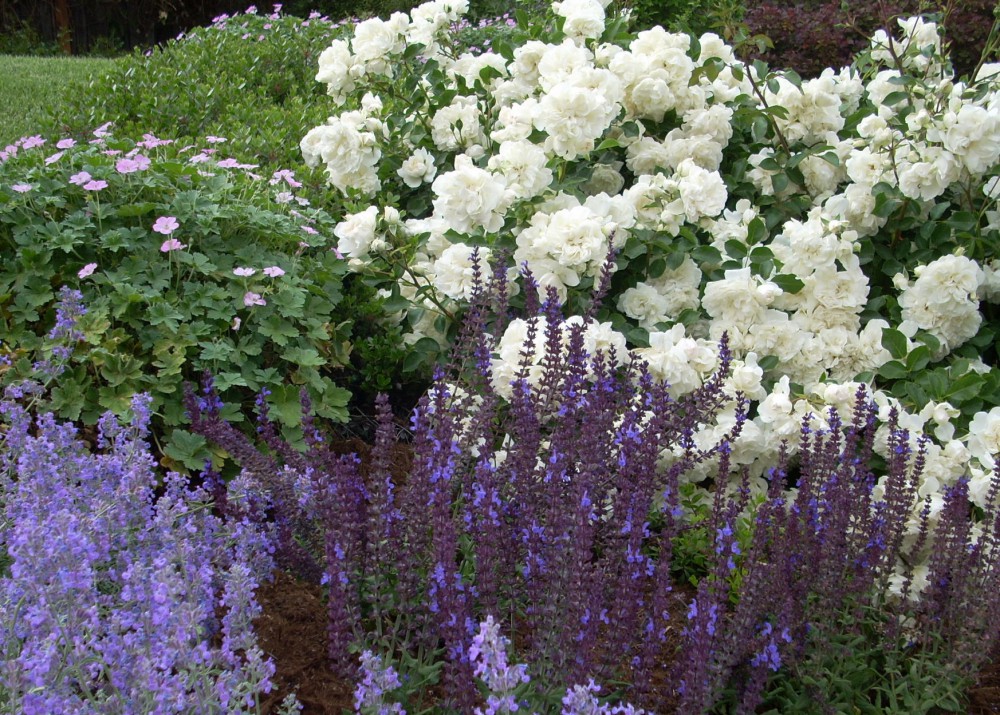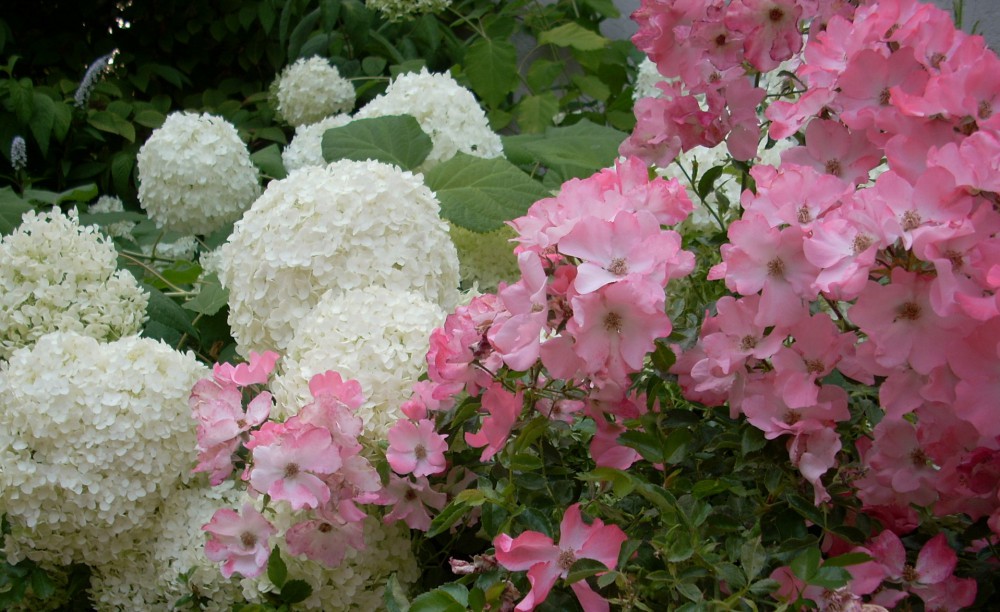Plant Design
Plant Design – The Emotional Side of Landscape Design
When we see a bright, colorful, plant design, a quiet meditation garden, or a Southwestern style garden, we feel differently in response to each one. Most of us don’t think of a plant design as something that relates strongly to emotion, but I would argue they are strongly joined together.
Plants Add Real Impact!
Plant design adds so much to a beautiful landscape design that it’s hard to overstate the point. Using my own landscape design as an example, I created a large, multiple leveled, stonewall on the back side of my swimming pool for visual impact. I knew I would need to soften and scale it with plantings, but I had no idea just how much that would impact the final look until it was all in. I had to add large plants and butt them right up against the stone to temper its’ impact. My front yard is so colorful that people stop and take photos and ask questions about the plants. The hardscape is over 40 years old and needs replacing. Point is, the visual impact of the plantings over-ride the hardscape in a major way. No one has ever commented on how bad the paving looks. Landscape Designers spend too much time designing the horizontal plain and not enough in the vertical plain where our eyes live most of the time. Most plantings occur in the vertical plain where most of our attention is, so they have more impact than the paving.
Many of the landscape photos I see are lacking a balance between hard and soft. Too many residential plant designs are created by landscape designers that don’t know enough about plants and overall composition to put them all together in the proper balance, while creating a long term, maintainable solution. Drive around and look for complete landscape designs that really catch your eye, there aren’t many. At the end of a landscape project, how do you want to feel when you look at it?
Use Plant Design to Create Balance
A great plant design adds visual balance for hard elements, form to help create space, texture for contrast, and certainly color, to create an emotional response. It should also be low maintenance in most circumstances, and preferably low water demand. All of that before one interprets the right look for the client, the site, and the style of the overall landscape design. If you don’t really know a lot about plants as a landscape designer you don’t have a prayer of achieving most of these goals.
I have used my own four homes over 25 years as testing grounds for plant design and plant performance to better understand what and what not to do as a plant designer. I love using what I have learned to benefit my clients when working on their landscape designs.

